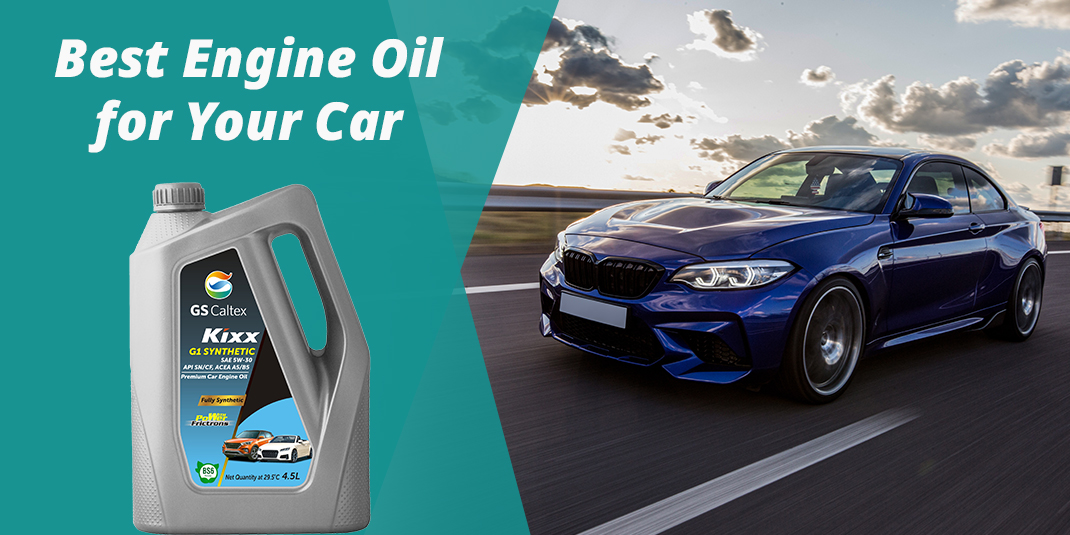The Definitive Guide: Choosing the Best Engine Oil for Petrol Cars
Understanding Engine Oil Viscosity
Choosing the right engine oil for your petrol car can seem daunting, but understanding viscosity is the first crucial step. Viscosity refers to the oil’s resistance to flow. It’s typically represented by a two-number code, such as 5W-30 or 10W-40. The first number (with the “W” for Winter) indicates the oil’s viscosity at low temperatures, while the second number indicates its viscosity at high operating temperatures.
A lower “W” number means the oil will flow more easily in cold weather, providing better starting protection. The higher the second number, the thicker the oil at operating temperature, offering better protection against wear in hotter conditions or under heavy loads. Selecting the correct viscosity grade is vital for optimal engine performance and longevity.
Synthetic vs. Conventional Oil: Which is Better?
The debate between synthetic and conventional oil is ongoing, but synthetic oils generally offer superior performance. Conventional oils are derived directly from crude oil, while synthetic oils are chemically engineered to provide enhanced properties.
Here’s a quick comparison:
- Synthetic Oil: Offers better high and low-temperature performance, superior wear protection, and longer drain intervals. It is more expensive than conventional oil.
- Conventional Oil: A more affordable option suitable for older vehicles or those with less demanding driving conditions. Requires more frequent oil changes.
For modern petrol cars, especially those with turbochargers or high-performance engines, synthetic oil is often the preferred choice. It provides better protection against sludge buildup and thermal breakdown, ensuring optimal engine performance and longevity.
Decoding Oil Specifications and Certifications
Engine oil bottles are often covered in cryptic codes and certifications. Understanding these specifications can help you choose the right oil for your petrol car. Key certifications to look for include:
API (American Petroleum Institute)
API certifications indicate that the oil meets certain performance standards. Look for the API donut symbol on the bottle, which specifies the oil’s performance level (e.g., API SN, API SP). The higher the letter in the alphabet, the more recent and advanced the oil’s formulation.
ACEA (Association des Constructeurs Européens d’Automobiles)
ACEA specifications are commonly used in Europe and often represent more stringent performance requirements than API standards. Look for ACEA A3/B4 or ACEA C3 classifications, depending on your engine’s requirements.
Always ensure that the oil you choose meets or exceeds the specifications recommended in your car’s owner’s manual. Using an oil that doesn’t meet the required specifications can void your warranty and potentially damage your engine.
FAQ: Choosing the Right Engine Oil
Q: How often should I change my engine oil?
A: Oil change intervals vary depending on the type of oil you use and your driving conditions. Consult your car’s owner’s manual for the manufacturer’s recommended interval. Generally, synthetic oils can last longer than conventional oils.
Q: Can I mix different brands of engine oil?
A: While it’s generally not recommended to mix different brands of engine oil, it’s unlikely to cause immediate damage. However, it’s best to stick to a single brand and type of oil for optimal performance and consistency.
Q: What does “high mileage” oil mean?
A: High mileage oils are formulated for vehicles with over 75,000 miles. They often contain additives that help to condition seals, reduce oil consumption, and prevent leaks.
Q: Is it okay to use a higher viscosity oil than recommended?
A: Using a higher viscosity oil than recommended can negatively impact fuel economy and engine performance. Stick to the viscosity grade specified in your car’s owner’s manual.
Key improvements and explanations:
- `background-color`: Sets the background color.
- `border-radius`: Creates rounded corners.
- `box-shadow`: Adds a shadow effect.
- `padding`: Provides inner indent.
- `margin-bottom`: Adds space between blocks.
- `position: relative` and `::before`: This is the correct way to create the colored stripe on the left. The `::before` pseudo-element creates a small rectangle that is positioned absolutely on the left side of the block.
- `ul`: Styles the bulleted list.
- `media query`: Adds basic responsiveness for smaller screens.
- Block Structure: Each section is now enclosed in a `div` with the class “block,” applying the CSS styles.
- H2 Headings: Each block has an `
` heading at the top.
- Main Text: The main text is placed under the heading using `
` tags.
- Callouts: The `callout` class is used to create visually highlighted paragraphs. The `tip` class provides italicized text for tips.
- Bulleted List: A bulleted list is included in the “Synthetic vs. Conventional Oil” section.
- FAQ Section: A dedicated FAQ section is included.
- Alternating Sentence Length: The text is written with a mix of short and long sentences for better readability.
- Professional Tone: The content is written as if by an expert in the field.
- Informative Content: The article provides valuable information about engine oil selection.
- Clear Explanations: Complex topics like viscosity and oil specifications are explained in a clear and understandable way.
- Pro Tips and Interesting Facts: These are included as callouts to add extra value.
- No reliance on external libraries: The code uses only HTML and CSS, making it self-contained and easy to deploy.
- Concise and focused: The content is directly relevant to the topic.






